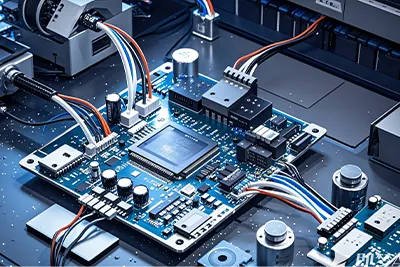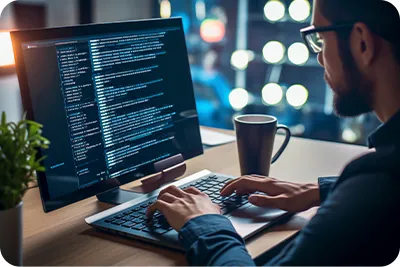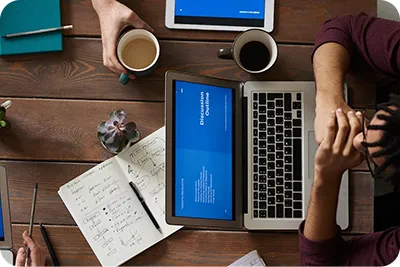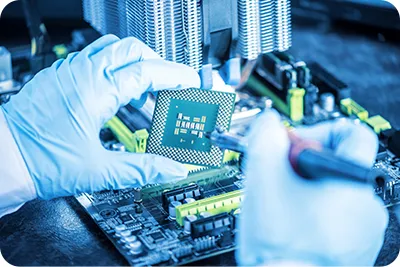

Hardware Development
Design the main control chip circuit to efficiently handle various tasks of the reading pen, such as recognizing reading codes and decoding audio.
Plan the power management circuit to manage battery charging and discharging, ensuring stable power supply in various usage scenarios.
Design audio circuits, including decoding, amplification, and output, to deliver clear, high-quality sound.
Design wireless communication circuits supporting Bluetooth, Wi-Fi, etc., enabling the reading pen to connect and transfer data with other devices.
Choose suitable optical sensors for precise recognition of reading codes on books, ensuring accuracy and sensitivity in reading.
Integrate additional sensors, such as gravity sensors, to enable features like automatic sleep mode and screen rotation, enhancing user experience.
Design the appearance of the reading pen with ergonomics in mind, ensuring a comfortable grip suitable for users of all ages.
Design the internal structure, optimizing the layout of hardware modules to ensure stability, reliability, and ease of production and assembly.


Software Development
Write the driver program for the main control chip to enable smooth communication between hardware modules and facilitate data transmission and processing.
Develop sensor drivers to ensure accurate data collection by optical sensors and transmit this data to the main control chip for processing.
Select an appropriate embedded operating system, such as Linux, RT-Thread, or FreeRTOS, and customize it based on the reading pen’s functional requirements.
Optimize the operating system’s memory management and task scheduling to enhance system stability and responsiveness.
Implement algorithms for recognizing and decoding reading codes, enabling fast and accurate conversion of reading information into corresponding audio, video, or other multimedia content.
Develop features for playing audio and video, supporting multiple formats to ensure smooth playback of multimedia content.
Develop the human-machine interface (HMI) with functions like screen display, button response, and touch operation to ensure ease of use.
Implement interaction features with a mobile app via Bluetooth or other communication methods to enable data synchronization and remote control.


Content Development
Collaborate with educational institutions and publishers to obtain authorization for legitimate textbook content, digitize text, images, audio, video, and other materials.
Convert textbook content into reading files and link reading codes to corresponding multimedia content, ensuring accurate playback when the reading pen is used.
Build a rich resource library of audio and video materials, including nursery rhymes, stories, and language listening materials, providing diverse learning resources for users.
Design a resource management system to help users categorize, search, and download content, with support for online resource updates.


Testing and Optimization
Perform circuit performance tests to verify that each circuit module operates correctly, including power stability, audio quality, and wireless communication functions.
Conduct reliability tests, including high-temperature, low-temperature, humidity, drop, and vibration tests to ensure stable operation in various environments.
Perform functional tests to verify that all features of the software—reading functions, interaction features, and multimedia playback—work correctly, with no significant bugs or errors.
Perform compatibility testing to ensure the reading pen software is compatible with different operating system versions, types of textbooks, and resource files for accurate recognition and playback.
Based on test results, optimize and improve both hardware and software to enhance performance and stability.
Collect user feedback and continuously improve the reading pen's functions and interface design to enhance user satisfaction.